Whether you're a dedicated runner, gym enthusiast, or someone who enjoys leisurely walks, you've likely heard about compression socks. Someone may have even recommended them as exercise socks for your workout routine.
If the thought of dull, medical-looking socks makes you skeptical, think again! Compression socks, specially designed for exercise, have come a long way in style and functionality, offering real benefits during and after workouts. Let's explore some of the advantages.
7 Benefits of Exercising in Compression Socks
As specialists in compression leg sleeves and socks, we'll explain how compression socks can enhance your workout performance, alleviate muscle soreness, and aid in faster recovery. Check out the following benefits.
- Improved Performance
When you're pushing yourself in a workout — running, lifting, or any intense activity — your legs are under much pressure. Blood flow can become restricted, and your muscles can feel fatigued. Compression socks, especially cushioned compression socks, are designed to enhance your circulation and give your legs the extra support they need.
Research backs this up. Studies show that wearing compression socks while working out can improve how efficiently your muscles use oxygen, allowing you to go harder and longer without hitting the wall. Think of it as giving your legs a boost in endurance when tackling that extra mile or squeezing out a few more reps at the gym.
Another study published in 2020 showed strong evidence that wearing compression socks during exercise can improve your performance, although more research is necessary. Scientists believe this is because compression socks help support your leg muscles during activities like running, reducing small muscle movements that can cause fatigue.
To take advantage of these benefits, look for specially designed compression socks for men or compression socks for women. Finding the right size is crucial. A sock must fit correctly to offer targeted support throughout your physical activities.
- Reduced Muscle Soreness
Compression socks promote blood flow and oxygen delivery by applying gentle pressure to your legs. This helps your muscles recover faster after exercise, resulting in less soreness and a quicker return to your next workout. You've worked hard to push your limits—why not let compression socks give you some relief?
What Causes Muscle Soreness and Fatigue?
There are two categories of muscle soreness. If you're sore after your workout, that's called DOMS or delayed-onset muscle soreness — people typically feel this a day or two after their workout. If you feel soreness during or immediately after your workout, that's known as acute muscle soreness. The good news? Compression socks can help manage your soreness in both situations.
- Lymphatic Drainage Support
Your lymphatic system removes waste and excess fluid from your body. However, unlike your circulatory system, it doesn't have a pump like the heart to keep things moving. That's where your muscles come in, especially during exercise. Compression socks can help your lymphatic system by gently encouraging the movement of lymphatic fluid back toward your torso, helping to reduce swelling and inflammation.
Compression socks can help prevent your legs from swelling after a long run or intense workout, even if you don't have a medical condition like lymphedema. They ensure everything stays flowing, reducing any potential discomfort.
- Reduced Swelling in Your Feet and Legs
Ever notice how your feet and legs can swell after a challenging workout or even after standing or sitting for too long? Swelling isn't just uncomfortable—it can also slow down your recovery. Compression socks can help prevent fluid buildup by gently squeezing your legs and pushing any excess fluid back toward your heart.
This makes compression socks an excellent option for athletes and people who spend long hours on their feet. For example, compression socks for nurses and travelers are designed to reduce swelling.
- Faster Recovery
The benefits of compression socks don't stop when your workout ends. Wearing them post-exercise can significantly speed up your muscle recovery. By increasing blood flow, compression socks help your muscles get the oxygen and nutrients they need to repair themselves faster. That means less soreness and faster recovery, allowing you to hit the gym again sooner and feel stronger.
Whether you're training for a marathon or just getting back into a fitness routine, compression socks can help you recover, keeping you on track and injury-free.
- Injury Prevention and Extra Support
Injuries can set you back in your fitness journey, but wearing compression socks gives your legs extra support during high-impact activities. They stabilize your muscles and joints, helping you avoid common injuries like shin splints and muscle strains.
The snug fit of compression socks also helps protect your legs from excessive vibrations during running or jumping exercises, which can reduce muscle fatigue. If you're prone to injuries or looking to avoid potential problems, compression socks are an innovative, proactive addition to your gear.
- Better Blood Circulation and Overall Health
Blood circulation is vital to staying healthy, especially when pushing your body during workouts. It's also beneficial for anyone looking to keep their legs healthy and energized. Compression socks promote better circulation by preventing blood from pooling in your legs. This can be a game-changer for anyone at risk of varicose veins or deep vein thrombosis (DVT). For pregnant women, pregnancy compression socks are one of the best ways to prevent varicose veins.
When Should You Use Compression Socks for Exercise?
Compression socks are great for exercises that heavily engage your lower legs, like:
- Jumps, burpees, and other high-impact moves
- Sports like tennis and basketball
- Weightlifting focused on the calves
- Activities like dancing, Pilates, or yoga
These socks improve blood flow, which reduces swelling and can help to boost your energy during your workout.
How to Wear Compression Socks During Exercise
For the best results, wear your compression socks during workouts for added support and comfort, especially during high-intensity activities. They can also be beneficial post-workout, aiding your recovery by boosting circulation and reducing muscle soreness.
How Long Should You Wear Compression Socks?
If you're new to compression socks, wear them slowly for 2-3 hours. Gradually increase the time as you get used to them. You can wear them for recovery throughout the day, depending on how comfortable they feel. Compression socks could be harmful if you have certain medical conditions. Always consult your doctor before using compression socks.
Frequently Asked Questions
Is it reasonable to exercise with compression socks?
Yes, wearing compression socks during exercise can improve circulation, reduce muscle fatigue, and help prevent swelling in your lower legs.
What are the benefits of wearing compression socks while working?
Compression socks help reduce leg swelling, improve circulation, and minimize fatigue, especially for those who stand or sit for extended periods during work.
Is it reasonable to run in compression socks?
Yes, running in compression socks can reduce muscle vibration, improve blood flow, and support muscle recovery, making them beneficial for runners.
Do compression socks help with performance?
Compression socks can help improve performance by enhancing blood circulation, reducing muscle fatigue, and supporting quicker recovery during and after physical activity.

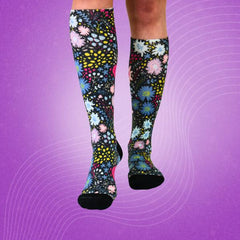
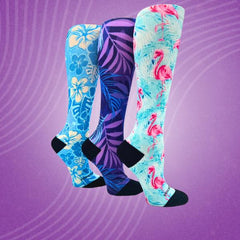
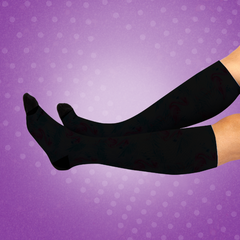

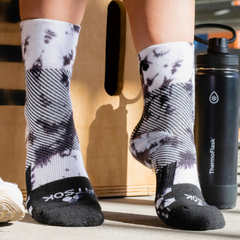
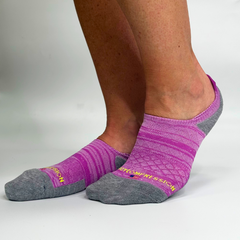




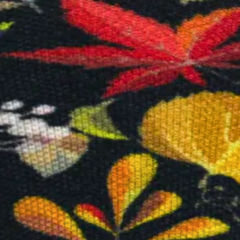

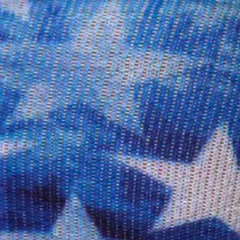


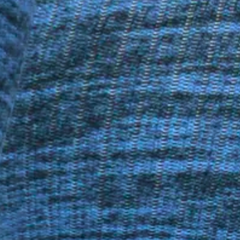


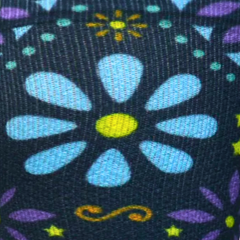
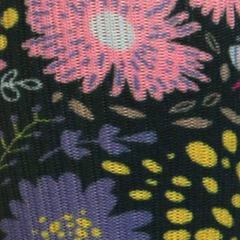
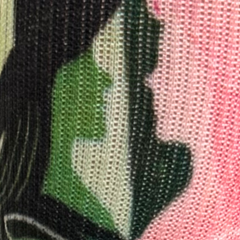

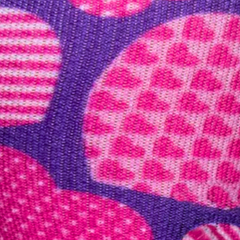
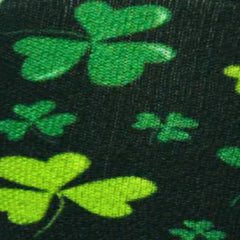
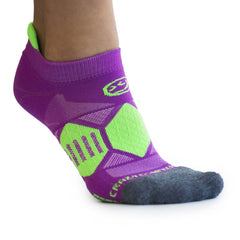

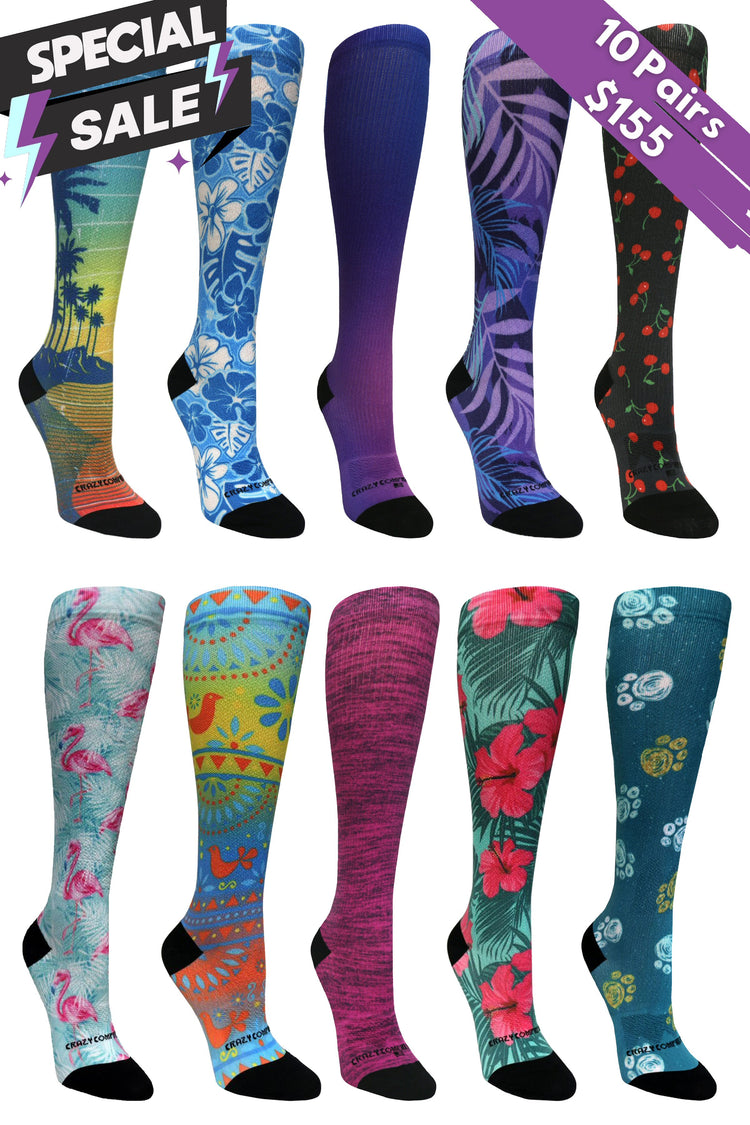


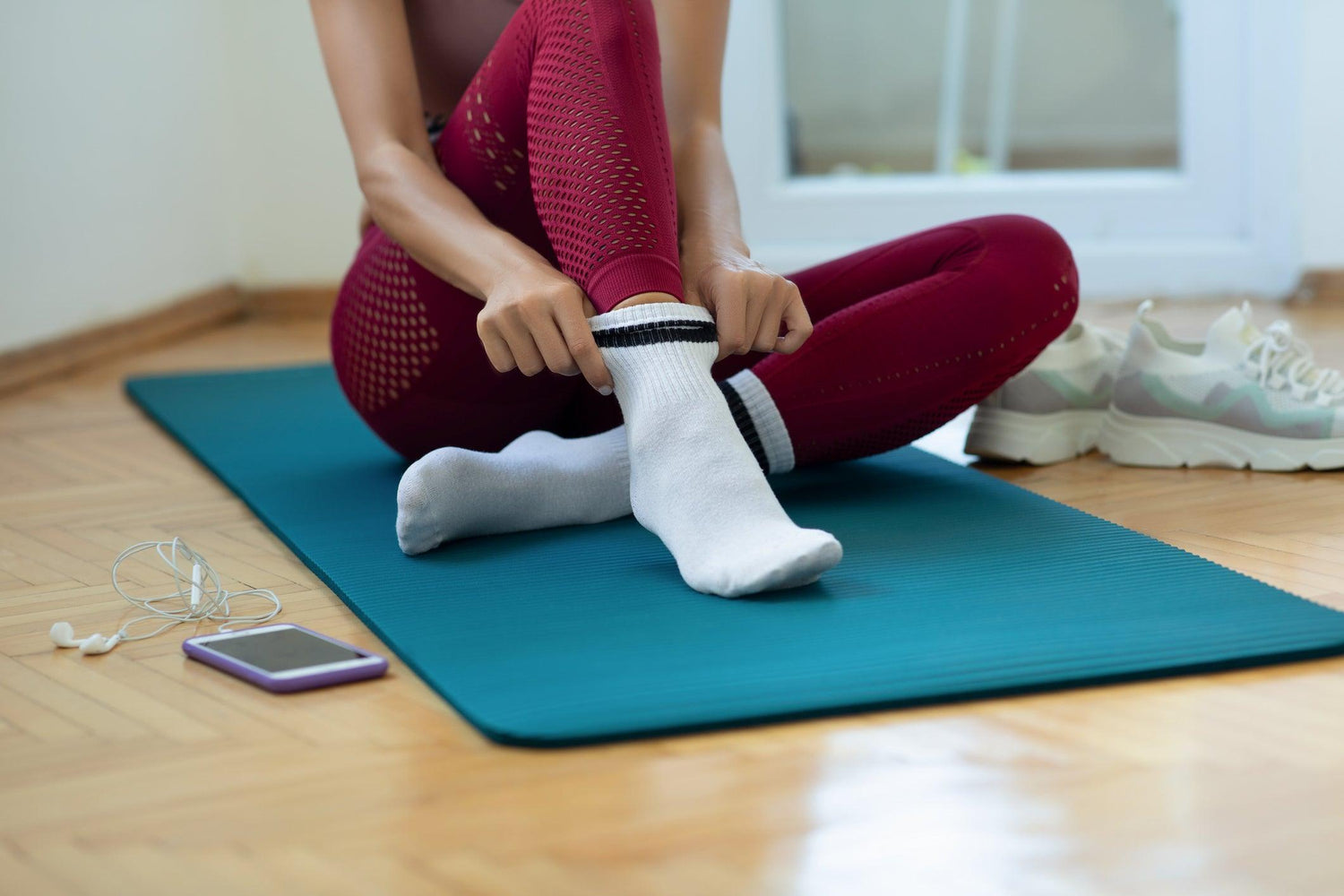

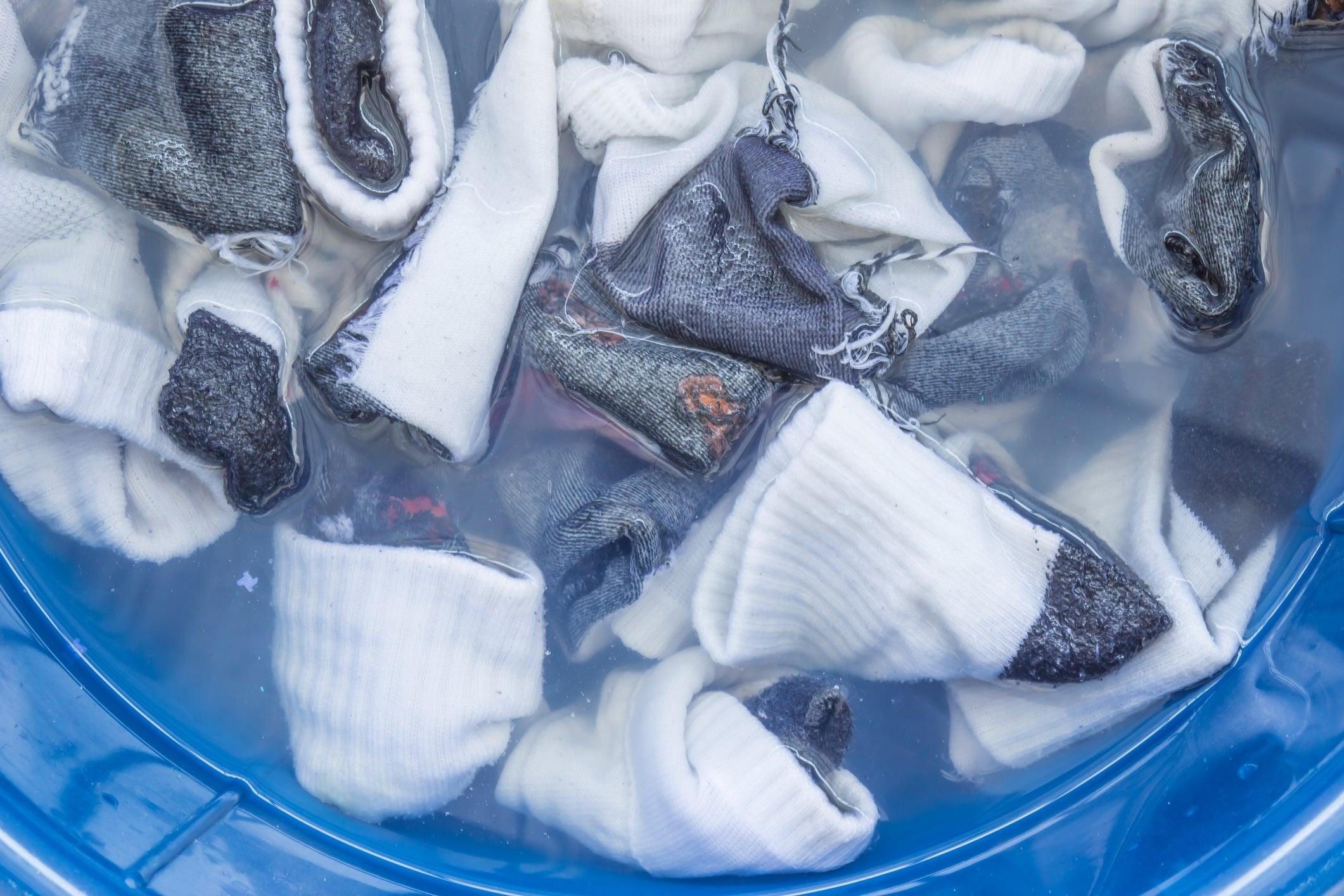
Leave a comment
This site is protected by hCaptcha and the hCaptcha Privacy Policy and Terms of Service apply.